How to Heal the Doctor
Or at least plaster over the cracks...
Doctor Jack and Sethros
Doctor Who is broken. Doctor who couldn’t be more broken if he had regenerated into the shell of an old lawnmower. If this show was a horse, then the kindest thing would be to take it out the back and shoot it. Gone are the halcyon days of show-runners like genius sci-fi author and rampant Alcoholic, Douglas Adams, to be replaced with that dude who looks a bit like Peter Griffin from Family Guy.
The damage to this show is not going to be fixed with a few simple repairs—but it’s never impossible to save a story, especially one with as much history as this one. What it would take to put things right is a competent writer, a respect for the material they’re writing for, and finally, and more vitally, a respect for the audience—but it can be done!
Identifying the problem
The first thing we need to do is understand what the damage is, before we can work out how to go about fixing it.
The current crop of writers have changed the core-character so much ‘they’ effectively no longer exists in any meaningful way. Not only have they torn away ‘their’ gender, but they’re shredded ‘their’ personality too. This has been done to change ‘The Doctor’ into what they wanted ‘them’ to be, and not what ‘they’ really was.
It’s like getting into a relationship with someone who would much prefer it if you were a pony, because they enjoy going for rides in the country so much. It makes no sense, and ultimately dooms any chance of there being a future.
Gender is a defining trait of a person and isn’t subject to change at a whim. But just as important as gender is, other key personality elements also factors in to who someone is.
Throughout the Doctor’s many changes and regenerations, we’ve seen a number of new faces, but they’ve always been masks worn by the same person. He’s always been quintessentially British. He has always been a man steeped in wisdom, with a certain hidden depth—everything he says is not everything he could be saying. He is eccentric, he comes across as someone who isn’t quite right upstairs. It’s like he understands what being human is and how to act like one, but gets it very subtly wrong, and probably on purpose. He’s arrogant: the sense of superiority he exudes is a reminder that this is a man whose intelligence begins where our own ends. He isn’t one of us—he’s a guide and a sage, but he isn’t an equal.
And, more importantly than all that, he’s compassionate. He flies through time in a wibbly-wobbly expanding multiverse of possibilities, where the whims of guest writers are played out as his reality, and he surfs on through it regardless. And what is the one thing he keeps on doing, even despite knowing that one press of a Tardis console button resets everything around him? He stops and tries to fix every stubbed toe he finds. The Doctor, at his core, is a man of morality that we can look up to. He does what’s right against whatever odds he’s pitched against.
This character is a person who has become real to us after many decades of adventures where very little of consequence has really changed.
Then they changed it.

The man of mystery
Doctor Who, the show, relied on a key defining element to make it work, and that was an air of mystery. A lingering question always helps to bring an audience back to see if they can uncover a tiny piece more of the puzzle.
When the X-Files was at its peak, the idea of a kiss between Mulder and Skully was a headline event. The show took random horror elements and recycled them weekly/weakly, but the one thing that elevated it above the very average television that it really was, was the chemistry of the two lead actors and the constant nagging question of whether they might one day get together. Once the question was answered, the show lost a vital piece of its energy and quickly crumbled away.
Doctor Who is propelled by a single statement muttered in the very first episode where a character says who he is. A man then replies, “Doctor Who? That’s not his real name!”
The dialogue sparks a mystery and takes the audience on a journey to find tiny fragments of the answer as we don’t just uncover pieces of the truth, but build up the story as we go. This is a puzzle we never want to see completed, because once it is, the value it has is lost.
The latest incarnation blundered with this and tried to answer all the questions with ham-fisted writing that ruined the mystique that drove the franchise.
And, as predicted, the value it had was lost.
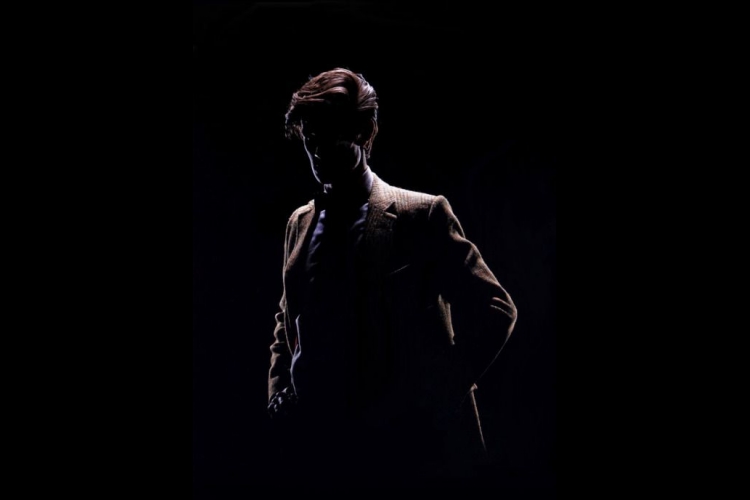
Mixed blessings
Doctor Who as a show has always been moderately progressive. The last few seasons tried to pretend that glass ceilings were being shattering all over the place, but such ceilings were never there to begin with.
The first season of ‘New Who’ brought Rose to the Tardis and smartly wrote her in as the protagonist. Her Black boyfriend joined her and there wasn’t a single complaint about any of this. Nobody complained when a gay character was added either, and Captain Jack became a firm fan favourite. These things were done, and done better, many years earlier.
Even the original incarnations of the show featured strong female leads, and nobody took issue with it. The very first story back in 1963 had two strong protagonists, teachers, a man and a woman. Neither was any more important or given any more credibility than the other. They were absolute equals. Even without them, the Doctor’s questionable will was tempered by his smart, headstrong granddaughter.
The identity politics simply got out of hand, and the show had fallen under the control of people with an agenda to promote, and no interest in telling a good story, developing the material or delivering what the audience wanted. For these people, it was about what they wanted, and nothing else mattered. The audience gave up in droves and walked away.
The show needs to be about the show, not about the political activism of some misguided people who think the world must be given no choice but to be recreated the way they want it. Those kinds of people are never worth listening to, whichever side of the spectrum they are promoting.
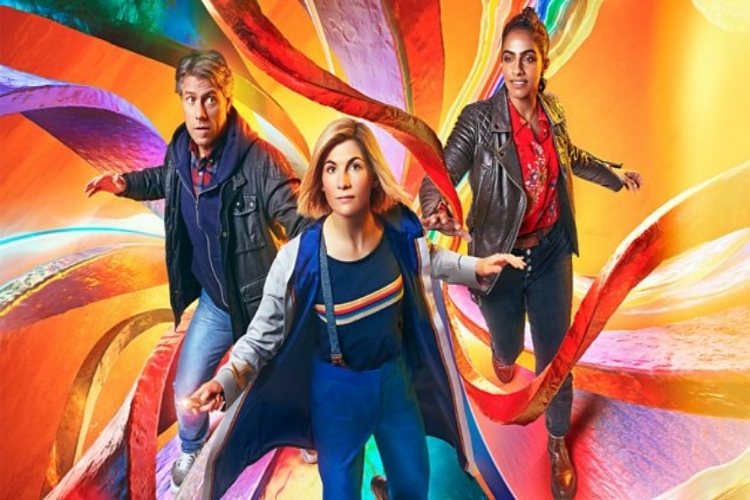
The end
So how do we repair the damage that led to Doctor Who failing so miserably?
We need to unravel some of the threads that have been seen, and find a way to remove them, in a way that repairs the damage and honours the show, the character and the audience.
We need to go back to the last moment where the show was even remotely good and the story made sense, and start our repairs there.
The Matt Smith era started strongly, with the Doctor shrugging off the angst that was beginning to bog the show down with grim negativity that was as much fun as having a seizure.
When the little girl, Amy, told the Doctor he was lucky not to have a family anymore, he simply smiled and said, “I know.” With that, they beautifully drew a line under what had been holding back the spirit of the show and brought back the fun.
It was far from perfect. Plotlines constantly tried to outdo themselves, and many plot-threads died out after being completely forgotten. For the most part, it managed to limp to the finish-line with the character more or less intact.
The over-arcing story revolved around a crack in the universe which turned out to be the Tardis exploding, but then it wasn’t. The story was handled messily, but gives us a place from which to start repairing the damage.
The last moment that felt like it might have anything to do with the real Doctor was the final stand of Matt Smith and, sadly for Peter Capaldi, an excellent actor who did his best with material that simply wasn’t equal to his talents, we need to undo his tenure in order to move forwards.
Fortunately for us, Smith’s final moments were a fitting place to begin examining how to sort out this mess.
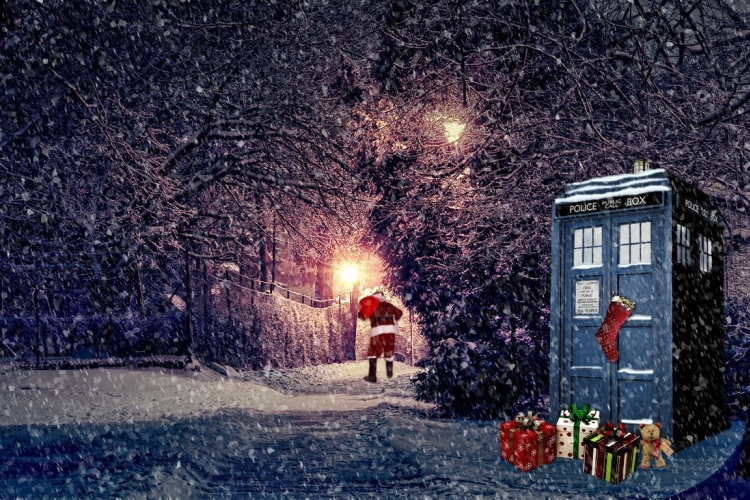
The Chinese finger trap
In his last ‘Christmas’ episode, the Doctor condemns himself to spend his final remaining time defending a small group of people from his enemies. His regenerations have passed and he is now living out his final days in a valiant last stand. The planet has no technology, so the Doctor is finally reduced to his wits and his personality to overcome the hordes of villains bent on his destruction.
For no really good reason at all, the Timelords, who now have no power to do so, gift him with a new set of regenerations, so that the whole process is able to begin again.
For the purpose of saving the show, we can end this chapter of the story right at this point.
Doctor Who had built up the idea of a crack in the universe through which the energy finally arrived, and that is the point where we now splinter off that reality.
We reinterpret the event slightly, so that the crack is no longer what it appears to be, and we have yet to discover the truth behind it. Everything up to this point is supposition and guesswork in any case, as the story changed several times.
The Doctor undergoes the new regeneration, and everything we have seen on screen—at least for the handful still watching—continues and remains entirely canon. Removing it is simply not an option, so we cannot tell the audience to disregard it. We need an explanation that makes sense of it.
As the dreadful nonsense continues, he finally uncovers the terrible secret that the crack in the universe was actually just his own creation all along. In fact, the crack is literally him.
In previous episodes we had seen that, after his death, there is a crackling ball of energy in the remains of the Tardis which we’re told is the remains of him, the body of a Time Lord. It’s temporal scar-tissue, the results of all the damage done to the flow of time by his travelling around and tampering with it.
He’s now trapped inside all the damage that he caused by floating around in the Tardis, the flaming, glowing energy burning itself away, and there is only one way to save it from exploding, spreading the vile changes to time from spreading out into the universe, infecting it with its horrors.
The Doctor has no choice but to make the ultimate sacrifice, one that all Timelords must choose after their final regeneration is spent. This is all a normal and natural part of ending the 12 regenerations, and something that all Time Lords experience at their end.
He knows he must give up: he must allow himself to stop trying to save the universe, before doing so destroys it. He has to let go of it all and finally rest.
He closes his eyes and smiles—it seems he has a plan.

Flashback
With a flash, the universe returns to normal, since the Doctor has given his life to save it in one last triumphant act of bravery.
The Tardis now stands alone where it was, abandoned and empty, the windows blackened and dark. A small crowd gathers around, and a child has the courage to go forward and lay their hand on it, smiling wistfully as they remember the courageous hero who once wandered through infinity within it.
A voice pierces the silence and says confidently, “Step away from her, please! She belongs to me.”
Confused faces turn to see someone stepping out of the crowd. This person is putting on the Doctor’s coat and smiling with a sense of odd familiarity. The people there have shunned technology; they are a quiet, peaceful people and this person is not one of them.
There is a faint murmuring from the crowd who begin to nervously back away.
“I’m the Doctor,” this person says, very matter-of-factly with a sly grin.
“But the Doctor is dead, is he not?” the child says.
“That’s right,” they reply. “I’m the Doctor now. I always and never was, and will always, and never will be the same. That’s how this works, if indeed this is working. It’s dreadfully hard to tell.”
The child glares at the person claiming to be the Doctor. “Who are you?”
“That’s right,” they say. “And the answer is rather a long one, but I have time. I have all the time in the world.”
The Tardis windows begin to glow very brightly.
“I don’t understand,” the child says.
“I don’t think you’re meant to,” the Doctor replies. They look very serious for a moment. “But now I have to go. Somewhere there is pineapple on pizza, and the universe isn’t going to save itself from that. Dreadful things could happen—or not. It all comes down to your perspective on pizzas. And pineapples, I suppose.”
“But what happened to you?”
The Doctor says with a frown, “It’s difficult to explain. Try to imagine that the cleverest man in the universe suddenly turned into the worst thing in the world—a Scotsman. Then he found that everything he knew was a lie he had told himself that was in danger of swallowing all of reality. It was all much less fun than it sounds. It would make a terrible story, but I think better ones are coming.”
“And that’s what happened?” they stutter awkwardly as the Tardis door swings open automatically.
“Not any more,” the Doctor says with a shrug. “That’s the one thing in the universe that absolutely didn’t happen. At least it didn’t happen now. Then.”
And with that, the Doctor steps inside and is swallowed in a softly pulsating blue/white light.
There is a slight mutter from the crowd and then silence.
“Can I…?”
A few moments pass. Then, a voice echoes from inside, “I don’t care.”
The young person—possibly a bit older than a child maybe—or maybe not, but definitely not a horse—Almost definitely not a horse—beams a happy smile and very dubiously steps inside.
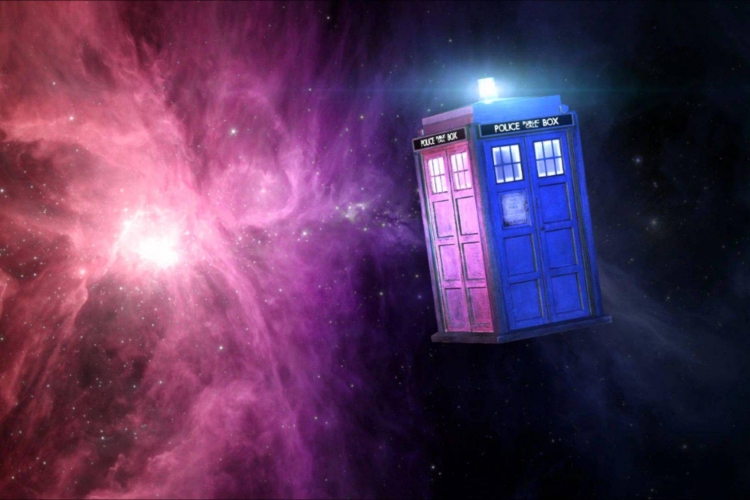
What's under the hood?
While not a perfect resolution, this story fragment takes everything the audience has not connected with and discards it. Sadly, the Doctor we all knew and loved is gone, but that has had to happen. We, as the fans, need to draw a line under everything that was done and there is no better way to do that than to allow our hero to sacrifice himself for the greater good. It’s a fitting end to the travels of our great explorer. In any case, he had a plan and we’re witnessing it as it plays out, whatever it was.
We have used only story elements that were established on-screen to tell a story that can re-unite the audience behind a new version of the same thing. Everything was canon, it just didn’t happen the way we thought.
It was well-established that time travel leaves scars, and that when a Time Lord is about to regenerate, symbols often follow them around. We simply combine the elements of these threads to say that as the Doctor’s energy is beginning to fail, the scars manifest as a crack in the universe because of the huge impact he’s had, and this could tear it open, destroying everything. This crack is the Doctor, it’s the things he’s done, the changes to time he’s made. The only way to truly repair it is to remove the problem—himself.
Everything else that happens after the final moments of the Doctor is the Doctor inside the crack, witnessing the result of the changes he might have caused as he learns why he must choose to step back and let the universe heal itself, metaphorically doing the same for the splintered storyline and our beloved show.
The ‘new’ Doctor is left vague. Is he the same person, is it a new Time lord who has picked up his mantle? Is it the Doctor’s energy and memories passed to a completely different being? We let the writers of the show decide as the story unfolds. We restore the mystery and the fun of finding out together. All we know for certain is that what we saw happening is now the one thing that could never have happened. Everything else is up to the future to decide.
We restore the Tardis and give the new Doctor a foil, a human character to explain things to as they go out and discover who they both are. Everything great about the show is back, everything terrible is vanquished.
But who is the new Doctor? Is it a man? Is it a woman? What race, what stature, what age and what style? None of that matters—so long as the focus is on telling a great story.
What’s important is that the new Doctor takes everything great about the original one and continues the legacy. They might turn out to be him, or not, but let the story grow and expand as it should and those questions will begin to resolve themselves.

Onwards and upwards...
By no means is this a perfect fix, and it’s not the only possible one. All we’re trying to illustrate is that it’s not impossible to get the show back on track and it could be done in a way that would take the show to new heights.
With a decent writer who respects the material and the people watching, nothing is impossible.
Let’s hope we finally get that. We deserve it.
Need to hear more about the opinions of two borderline alcoholics whose mental health issues crossed the border? Click the pic to fall even further down the rabbit-hole.
Many thanks for reading this article. We hope it was interesting, informative and entertaining. Follow us on social media or share our content on your own pages. It helps us grow so we can create more free content to help you.
Want a completely free sci-fi comedy?
Rob is a ginger waiter who successfully fails at dating. Dave delivers towels. Join them on an adventure that might change the entire galaxy – but won’t – as they drink free beer and travel out to the edge of the known galaxy for reasons that barely seem worth mentioning.

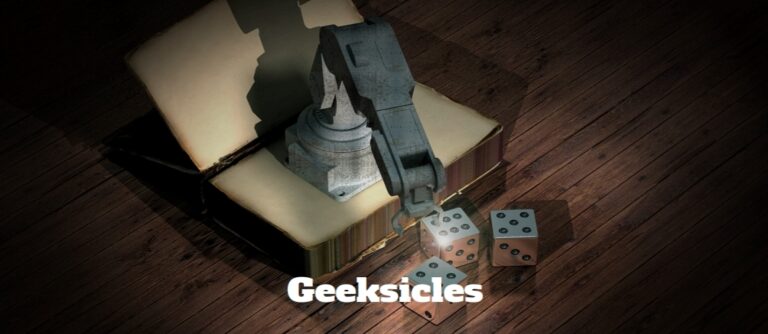


Just have the next regeneration scene end with the new Doctor standing in the Tardis Peter Capaldi’s clothes. Everything that’s been on TV since he left the role, NEVER HAPPENED.
That’s exactly what we tried to avoid. It’s the worst kind of lazy writing and what got the show into this mess in the first place. I’m not saying our solution was the perfect one, but it means everything we saw on screen was canon, it was just a warning to the ‘real’ Doctor of how bad things will get if he doesn’t give up and allow this all to end.
Well, that’s the problem. The entire current run ruined the shows cannon. It needs to be disposed of. William Hartnell was the first Doctor. He’s a Time Lord from a race of Time Lords. Anything that says otherwise is not worthy of consideration and should be retconned out of existence.
Sadly, I completely agree. Unless exactly that happens, I won’t be back to the show.